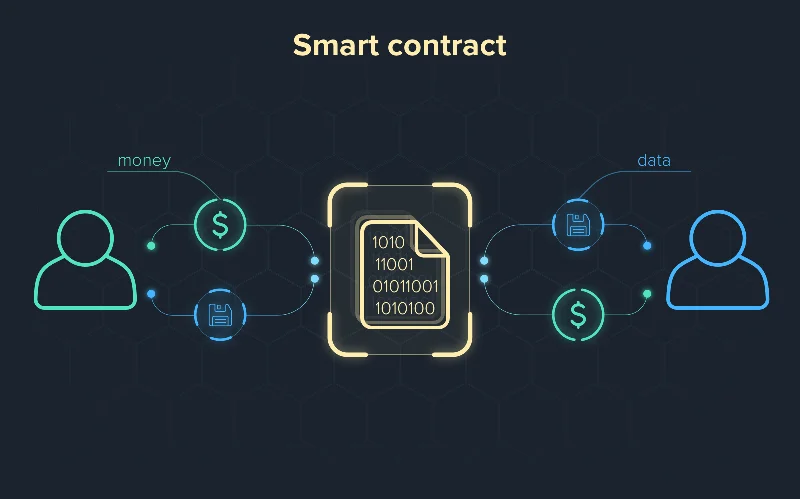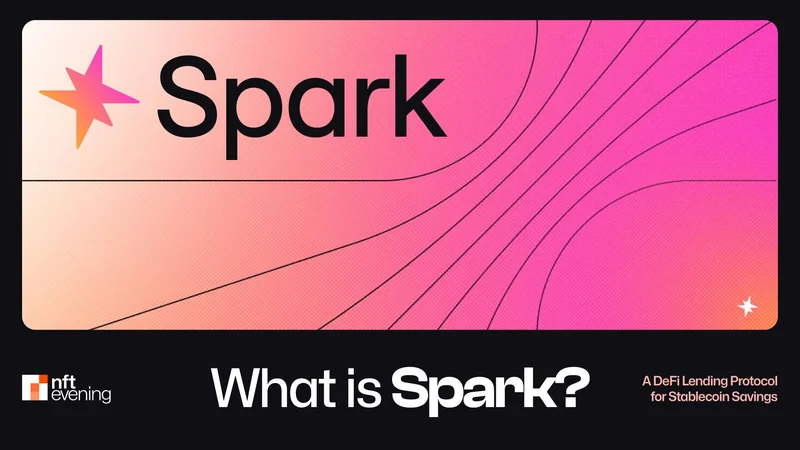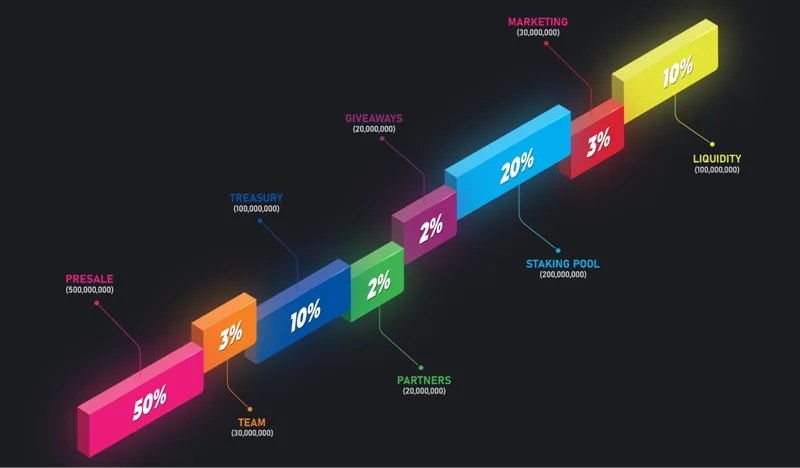A smart contract is a special program on the blockchain that automatically executes and verifies the terms of an agreement based on pre-defined rules and conditions, ensuring that transactions or operations occur autonomously without the need for intermediaries. Essentially, a smart contract is a self-executing piece of code, typically running on decentralized blockchains like Ethereum. It automatically enforces the contract terms, ensuring that when specified conditions are met, the contract executes without human intervention.

Key Features of Smart Contracts
Self-Execution
Smart contracts automatically execute on the blockchain. When preset conditions are met, the contract will carry out the corresponding actions automatically. For example, in a simple payment contract, when the buyer makes a payment, the contract automatically transfers assets (such as cryptocurrency or tokens) to the seller. This self-execution eliminates the need for manual intervention and arbitration, making the transaction process more efficient.
Immutability
Once deployed on the blockchain, the code and state of a smart contract cannot be modified or deleted. This is due to the blockchain's structure, where each block is linked to the previous one; any attempt to alter historical data will be rejected by the entire network. Immutability ensures the reliability of contracts, allowing participants to trust the terms and execution outcomes.
Transparency
The code and execution process of smart contracts are visible to all network participants. This transparency enhances trust among participants, as anyone can verify the contract's conditions and execution status. It not only legitimizes the contract but also reduces the potential for fraudulent behavior.
Decentralization
Smart contracts operate on decentralized blockchain networks without a single controlling entity. Each node participates in the verification and execution of the contract, reducing the risk of single points of failure and avoiding reliance on centralized institutions. In a decentralized environment, the rights and responsibilities of participants are better protected.
Distributed
The state and execution results of contracts are stored across the entire blockchain network. All participants can verify the status of the contract on their nodes. This distributed nature ensures the security and consistency of data, with every action taken on the contract being recorded and auditable by the entire network.
Efficiency
By automating the execution process, smart contracts significantly reduce transaction times and costs. Traditional contracts often require intermediaries, lawyers, or arbitrators to handle disputes and enforce terms, while smart contracts achieve these functions through programmed logic, simplifying the process.
Programmability
Smart contracts allow developers to write complex logic based on specific needs, enabling a variety of application scenarios. For example, contracts can be designed to make multiple payments, allocate profits, or facilitate asset exchanges based on various conditions. This flexibility allows smart contracts to adapt to different industries and business requirements.
Security
Smart contracts use cryptographic techniques (like public key encryption) to secure their integrity, ensuring that only authorized users can execute specific actions. Additionally, since the execution occurs on the blockchain, the distributed nature makes it difficult for hackers to alter or attack the contract. This security is fundamental for the widespread use of smart contracts in high-risk fields such as finance and supply chain management.
How Smart Contracts Work
Creating the Contract: The contract developer writes the code, defining the terms and conditions of the transaction or contract (e.g., when A transfers 1 Bitcoin to B, B will deliver goods).
Deploying on the Blockchain: The contract code is uploaded through the blockchain network and permanently stored. A small transaction fee (like Gas fees on Ethereum) is usually required to write the smart contract to the blockchain.
Executing the Contract: When the conditions set in the smart contract are met (e.g., a certain time is reached or an input is received), the contract automatically performs specified actions such as transferring funds, sending assets, or executing calculations.
Recording Results: The results of the contract's execution are recorded on the blockchain, forming an immutable transaction history that anyone can verify.
Example: Smart Contract on Ethereum
Ethereum is the most well-known blockchain platform for smart contracts, where contracts are written in Solidity. A simple Ethereum smart contract example is as follows:
- Condition: When a specific address (like Alice) sends 1 Ether to the contract address, the contract will automatically transfer a certain amount of Tokens to another address (like Bob).
- Execution: When Alice meets the contract condition (by transferring 1 Ether), the smart contract will automatically execute the Token transfer.
Application Scenarios for Smart Contracts
Finance: Such as decentralized finance (DeFi) applications, automated loan agreements, intermediary-free payments, and investment management.
Supply Chain Management: Parties in the supply chain can automatically track the flow of goods, payments, and deliveries through smart contracts, ensuring transparency and efficiency.
Insurance: Smart contracts can automatically verify events (like flight delays or natural disasters) and trigger claims based on pre-defined rules.
Digital Asset Management: Smart contracts can automate the management and transfer of digital assets, such as NFTs (non-fungible tokens) or tokenized physical assets.
Advantages
Increased Efficiency:
Smart contracts automate contract execution, eliminating the manual handling and intermediary involvement required in traditional contracts. This significantly speeds up transactions and reduces delays caused by human intervention, especially suitable for scenarios requiring rapid responses, such as financial transactions and supply chain management.
Reduced Costs:
Since smart contracts do not require intermediaries (like lawyers or banks) to handle transactions, this can significantly lower transaction and management costs. Additionally, automated processes reduce potential errors and disputes, further decreasing expenses.
Enhanced Transparency:
The terms and execution processes of smart contracts are publicly visible, allowing all participants to review the contract contents and execution status. This transparency increases trust among parties and reduces the likelihood of fraud and deceit.
Improved Security:
Smart contracts run on the blockchain, utilizing cryptographic techniques to protect their integrity and security. Once deployed, their code and data cannot be altered, allowing participants to trust the execution results. Furthermore, the decentralized nature of blockchain minimizes the impact of single points of failure.
Decentralized Trust:
Smart contracts do not rely on any central authority or intermediary. All participants collectively verify contract execution through the blockchain network, eliminating dependence on a single institution and enhancing the system's resilience and reliability.
Programmability and Flexibility:
Smart contracts can be programmed according to specific business needs, supporting complex logic and conditions. This flexibility allows smart contracts to be applicable across a wide range of industries, meeting diverse requirements from financial contracts and insurance claims to supply chain management.
Automated Execution and Traceability:
Smart contracts automatically execute when specific conditions are met, ensuring strict adherence to contract terms. Additionally, all execution records are stored on the blockchain, providing high traceability, which is crucial for audits and compliance checks.
Reduction of Human Error:
As smart contracts are programmed, the need for human intervention is minimized, thereby reducing issues arising from manual operational errors. This accuracy is especially important in high-risk fields like finance, healthcare, and law.
Fostering Innovation:
The emergence of smart contracts has sparked innovation in new business models and applications. For instance, in decentralized finance (DeFi), smart contracts allow users to lend, trade, and manage assets without the involvement of traditional financial institutions, transforming the entire financial ecosystem.
Compliance and Auditing:
Smart contracts can be coded to comply with specific legal and industry standards, making compliance more automated and easier. All transactions and execution processes are recorded, allowing for audits and inspections when necessary.
Limitations
Code Vulnerabilities: If there are vulnerabilities in the smart contract code, they may be exploited by hackers, resulting in financial losses.
Immutability: Once a contract is deployed, it cannot be changed unless an upgrade mechanism is designed.
Legal and Regulatory Issues: The legal status of smart contracts remains unclear, and different countries or regions may have varying legal frameworks for understanding and handling them.
Related Articles

What is SparkLend? A Beginner-to-Advanced Guide to Decentralized Lending Made Easy
SparkLend is a decentralized, non-custodial liquidity market protocol built on the Ethereum blockchain. Simply put, it functions like a bank without intermediaries, allowing users to borrow and lend d
June 26, 2025
What is sUSDS? How Do I Acquire sUSDS?
This guide will walk you through Sky Savings’ sUSDS and sUSDC—your gateway to earning yield with stablecoins while keeping your funds secure.Sky Savings: Your Journey to Stablecoin Yields Begins HereW
June 26, 2025
What is SparkLend? A Complete Guide from Beginner to Pro
SparkLend is a decentralized, non-custodial liquidity market protocol that allows users to participate as lenders or borrowers. Lenders provide liquidity to earn passive income, while borrowers can ta
June 24, 2025
What Exactly Does Spark Protocol Do? A Complete Guide
This guide will walk you through Spark Protocol — an innovative platform designed to tackle the long-standing issue of fragmented liquidity in the DeFi space. You'll learn how to earn yield, borrow as
June 24, 2025
RXS Token Trading Guide: From Presale to Uniswap – A Complete Walkthrough
This guide will walk you through the trading process of the RXS Token, from the restrictions during the presale phase to free trading on Uniswap, helping you trade securely and efficiently.1. Introduc
June 24, 2025
